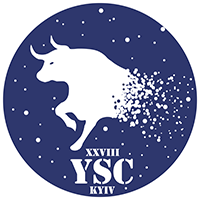Speaker
Description
Ionosphere impact may be critical for radio observations below 100 MHz. The three dominating effects in the ionosphere - attenuation, emission and refraction - not only depend on the observational frequency but also change with time due to day-to-day variations in electron density. To account for these temporal variations, we created a global, dynamic model of the ionosphere. Our model uses a system of spherical layers to simulate the radio wave passage through the plasma. To precisely capture the temporal effects, the model employs data for time-dependent altitude profiles of electron density and temperature provided by the International Reference Ionosphere project. Within the model, the attenuation factors and refraction angles are calculated, allowing to correct observational data for ionospheric influence. I discuss how our modelling works in theory and practice and present the Python package available for public use.

